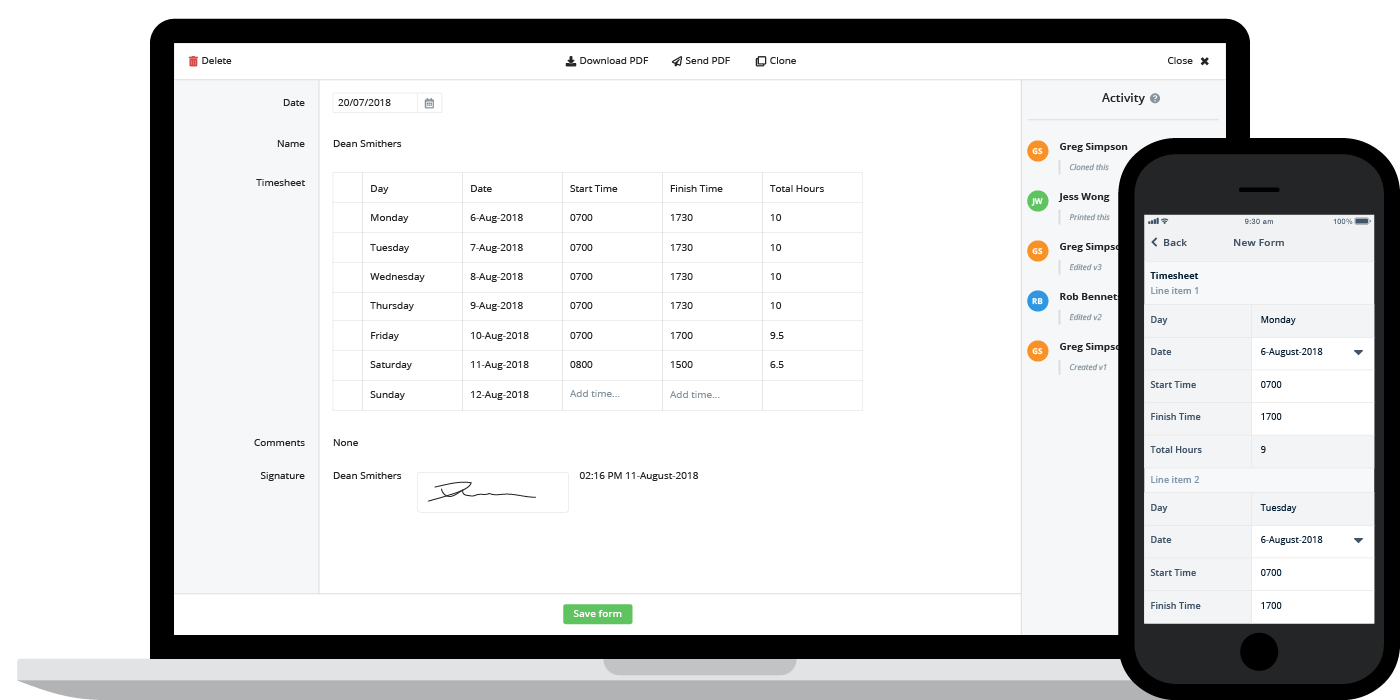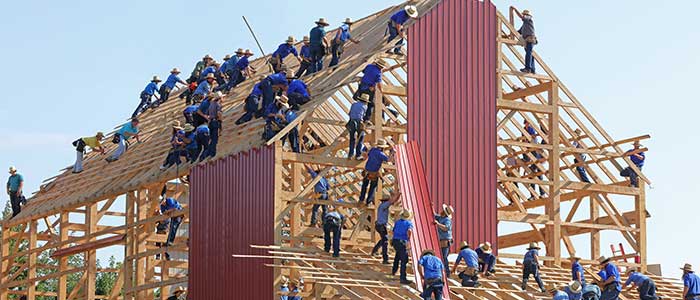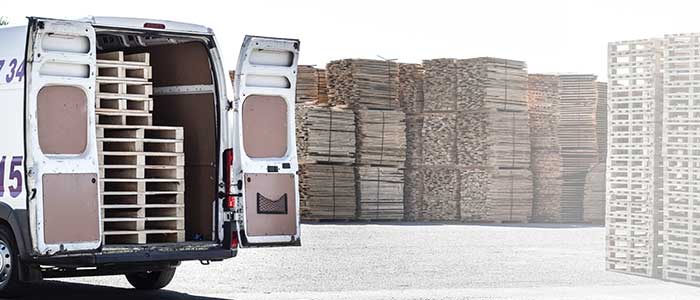Cost reporting in construction

Construction cost reporting: What you need to know
Why is cost reporting in construction important?
Construction project success is measured on a number of dimensions, including whether it's finished on time, the safety outcomes for workers, the environmental outcomes, stakeholder relations - and of course whether the project is finished on budget.
Cost reporting in construction is critical to project success, and to the success of all of the clients, contractors and subcontractors involved with delivering the project.
At the end of the day, all construction companies are running business, which need to generate a profit from their operations, at least in the medium to long term.
Construction projects cost a lot of money, and they involve a number of internal and external forces, so cost reporting is one of the most powerful tools companies have to ensure that they are running a viable ship.
With no cost reporting (or poor cost reporting), a construction companies is essentially running blind after making an initial projection or prediction as to what a project was going to cost. This is what results in scary project overruns and end of project headaches.
No matter how good a company is at forecasting the costs of a project or estimating their budget at completion, they will come across variations and other disruptors which shift throw this initial budget off track. Cost reporting enables a company to understand what's happening during the course of a project, to make informed decisions about how to improve, and to course correct and ultimately keep the project and business on track.
What is a construction cost report?
Construction cost reporting is the reporting process used to inform a client or other party about the predicated or current actual costs of a project. A cost report usually includes clarification on how the project is performing on an absolute dollar basis, as well as how it is performing relative to the initial budget.
The level of detail included in a cost report will depend on the state of the project as well as on how much information is currently available. As a project evolves, cost reports will typically be more detailed and more accurate as predicted costs and prices transition to actual prices and actual costs.
The contents of a cost report will often include:
- The costs incurred on the project up to the date of the report
- A forecast of the likely costs over the rest of the project, which might be updated using metrics like CPI or TCPI
- The risk allowances or contingencies based on possible unforeseen circumstances
The cadence of the cost reports will also depend on the timeframe and overall costs of the project. Monthly reporting is very common, as it is not too heavy an admin burden and gives the client or cost report receiver enough information to stay informed and make good decisions about how to move forward.
Most construction companies will develop a number of cost reports, while 'formal' cost reporting in construction is often conducted by a cost consultant or quantity surveyor.
The most common construction cost reporting mistakes to avoid at all 'costs'
Cost reporting in construction suffers from many of the shortfalls of all types of reporting. In fact, when done poorly, cost reporting can have a negative impact on the project.
A party receiving incorrect or delayed data must trust that data and begin making decisions from it. If a construction cost report incorrectly says we are over budget, then we might cut back on costs. This could impact output and put the project behind schedule, which then results in other headaches.
Some of the most common construction cost reporting mistakes include:
The reports deal with delayed or historical date - A big problem for a lot of construction cost reports is that they are dealing with and reporting on late or historical data. A month in a construction project can easily equate to many millions of dollars or a number of big variations, so ensuring your data is as up-to-date as possible is crucial to effective cost reporting. We'll take a look at some of the best and easiest ways to get cost data quickly below.
The report doesn't include all of the project costs - Construction projects can involve hundreds or even thousands of different cost codes and cost 'centres'. Assembling all of this data can be difficult, and sometimes large costs are missed or accidentally not included in the cost report.
Other reasons that all of the costs aren't included is because suppliers, subcontractors and other vendors are late with their invoices - but their work has been completed.
The report is too optimistic on unknowns - Construction projects often involve a number of variations and claims, and some companies will include some of the claims which haven't been approved yet in their construction cost reports - assuming they will come through.
If these claims are then rejected, then the cost report quickly becomes wrong.
The reports aren't used - One of the biggest cost reporting in construction sins is not using the cost report, or not paying it enough attention. Construction companies usually focus on engineering and construction, and sometimes things as important as costs can slip through the cracks. Cost reporting should never be a tick and flick exercise for a project or financial manager - or for the company.
The report has basic human errors - Basic human errors can find their way into construction cost reports all too often. When a company uses paper and excel files to manage their costs, a simple manual data entry or slightly illegible number can throw a cost report out of whack.
The report doesn't account for the new estimate at completion - Many construction cost reports compare their current costs to the scheduled costs at this date and time, without factoring in the current earned value of the project or how far it is behind schedule. Construction cost reports can often look good until the last few months of a project, when everything begins to catch up with the company. When the project runs past its completion data and when snagging and punch lists take longer than expected, budgets can be quickly blown.
How to streamline and improve your cost reporting
Many of the above construction cost reporting errors can be eliminated or at least mitigated by creating more efficient processes.
The single biggest impactor on the above cost reporting mistakes is how information is documented or captured on site - as well as how it is then moved and reconciled.
Reports dealing with late or delayed data is often a product of the fact that information needs to be touched by multiple people, scanned, sent via email and added to registers.
Reports not including all costs if often a product of people forgetting to send in timesheets, dockets and other cost information.
Reports being too optimistic are often a product of poor communication with other project parties because email and phone calls are slow.
A construction cost report having basic human errors is often because of the need to do manual data entry and other manual tasks.
Finding a better way to capture and move information from the site to the office is the best and easiest way to improve your cost reports and cost reporting.
And today, at a minimum, you should be using digital tools to document and organise your project and cost information.

What a digital integrated management system enables you to do is digitise how information is captured, organised and then tracked.
Foremen, engineers and other site personnel can open their phone or tablet when submitting cost information through site diaries and other document.
Instead of having to submit paper timesheets and paper dockets, they can use software to serve as a timesheet app or daily diary app.
With the flexibility of modern systems like Dashpivot, all of these different templates and functions can be achieved using a single system
Once captured in this way, all of that crucial cost information is instantly synced to the cloud, where the project manager or person assembling the construction cost report can open it, format it in a way which suits them, and manage that information in real-time.
This simple change - from time-consuming and fragmented documents to a single consolidated system - can make all of the difference when it comes to the accuracy and reliability of your construction cost reporting.
The future of cost reporting in construction
We've already seen from the above example how much software, apps and technology is shifting and improving cost reporting in construction. And the impact that these types of tools will have on construction cost reporting will continue to grow.
In the years ahead, much of the data capture will also be transitioning to technology. Worker timesheets will be automatically documented as a worker enters and leaves site. Costs associated with waste tracking will be automatically populated from smart weigh scales, and plant and equipment hours and expenditures will be automatically summed and calculated for the cost reports for you.
Once the capture has taken place, the same types of software as Dashpivot will organise and automate the collection and aggregation of all of this data - which the project manager can then use to generate a cost report in a single click.
This is the future of construction cost reporting, and it's a good future. Cost reports will be more accurate, and admin costs will be dramatically lower.
For now, starting to digitise many of your macro level cost reporting inputs like timesheets, dockets and diaries can have a huge impact on the quality of your cost reporting, the productivity of workers on site, as well as on your ability to deliver your projects on time and in budget.
Cost reporting in construction is critical to the success of your projects and your business, so make sure you are ahead of the costs and ahead of the curve.
People in 80+ countries use this financial software to better capture, organise and track project finances.


